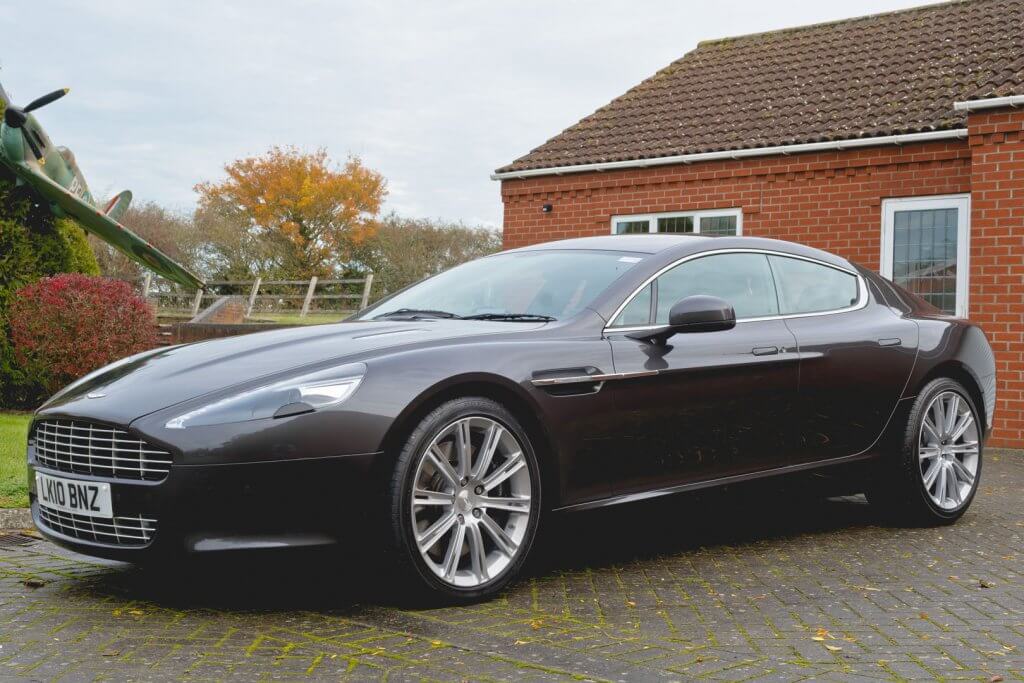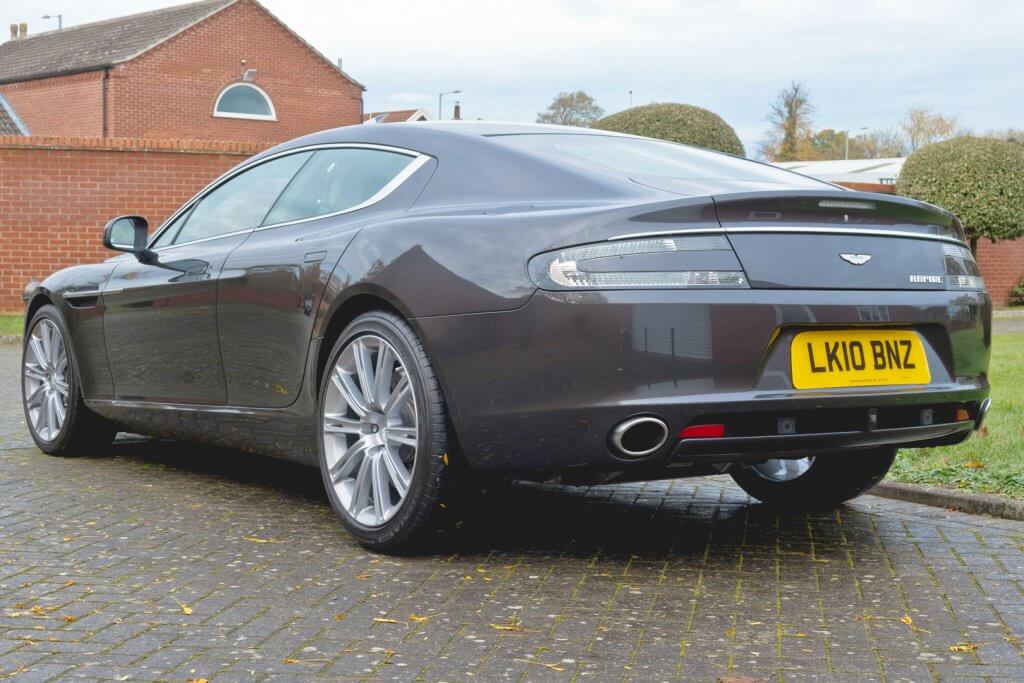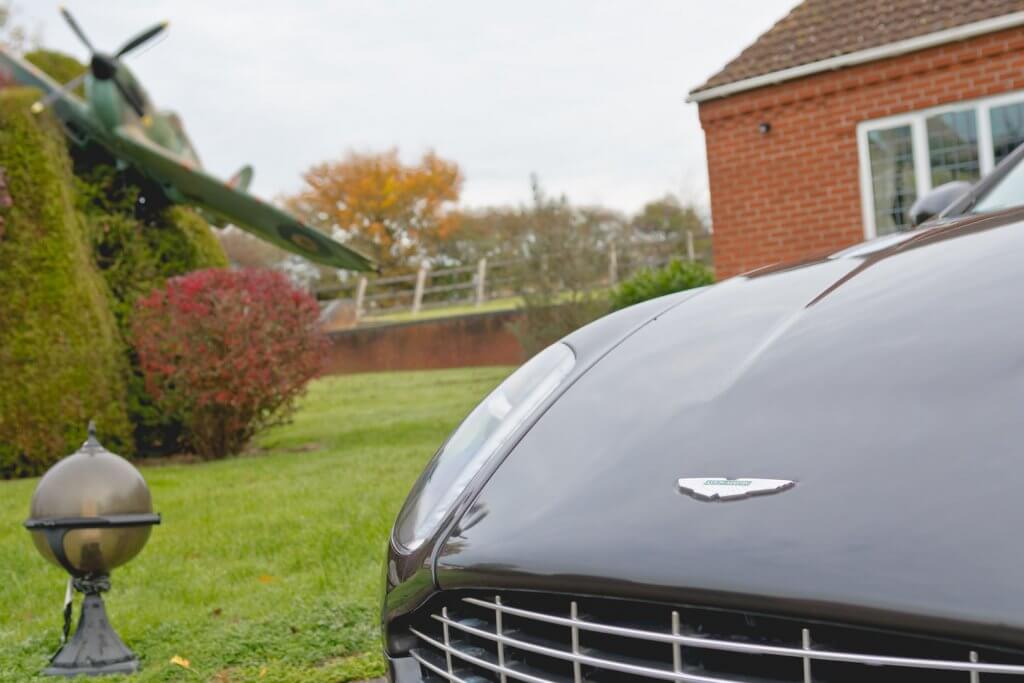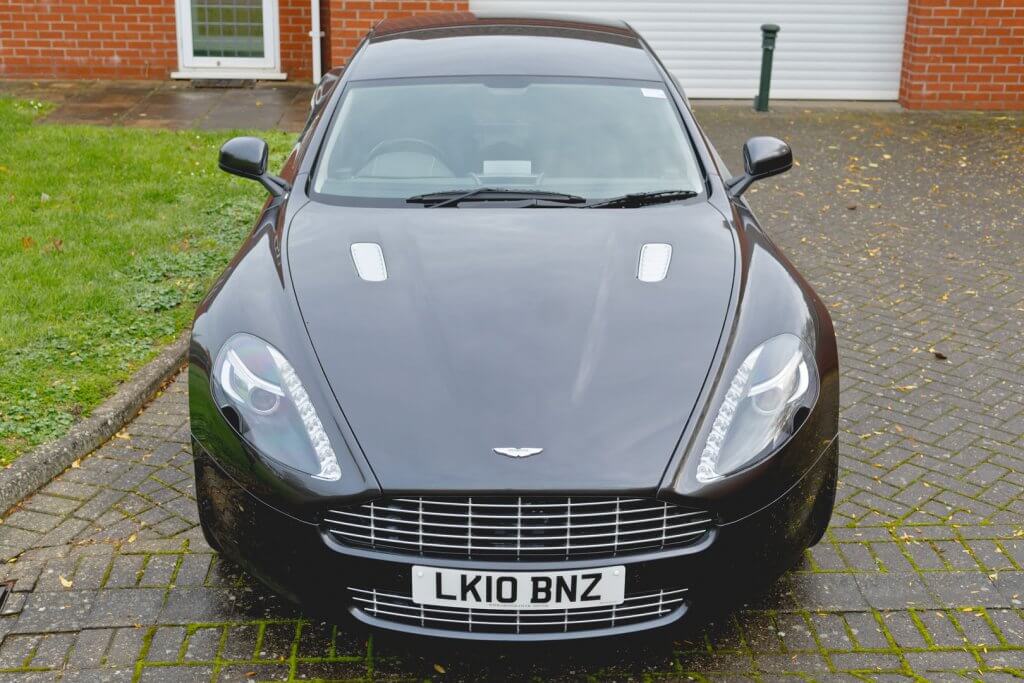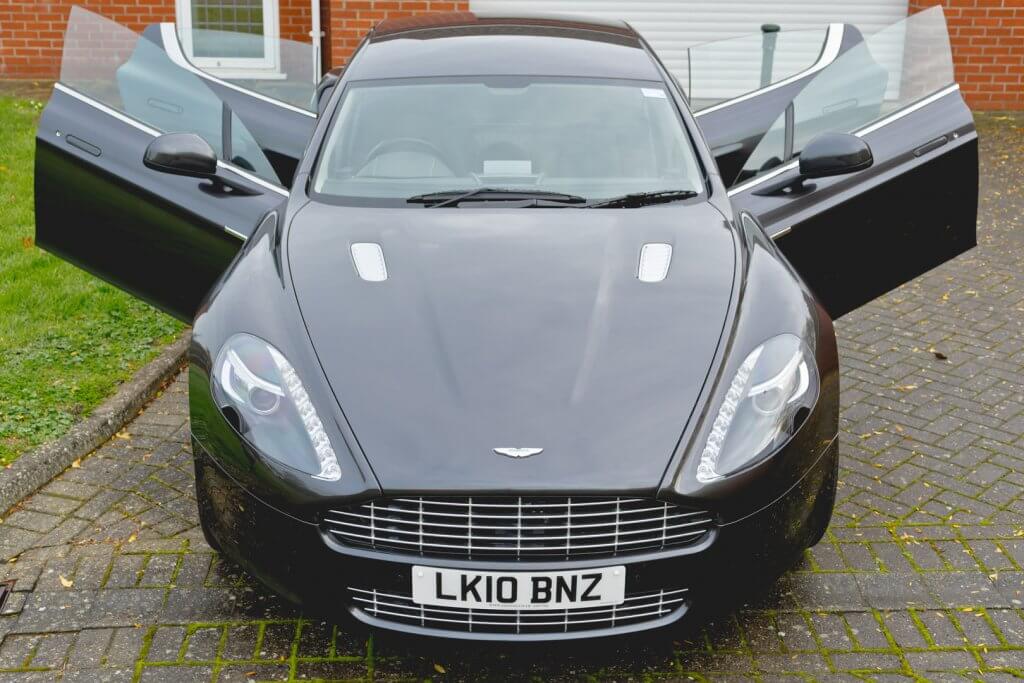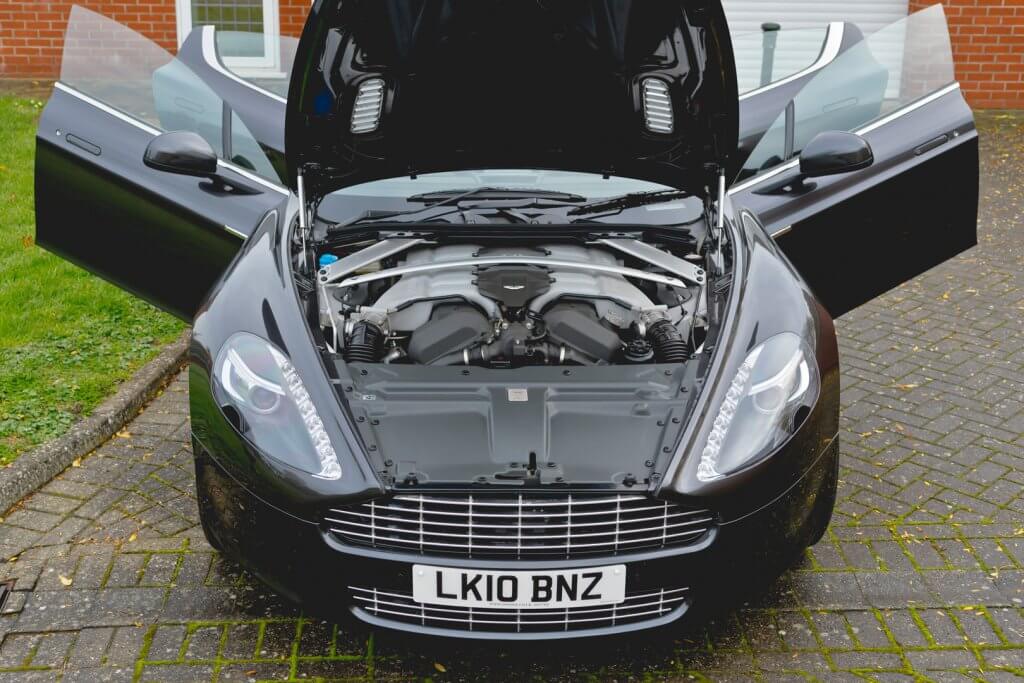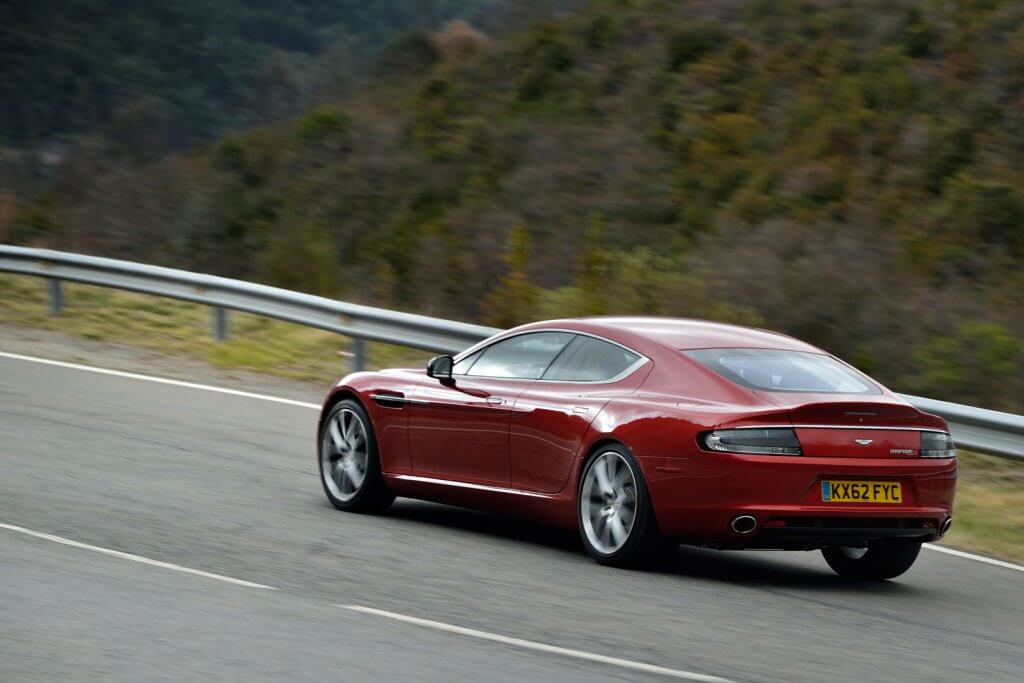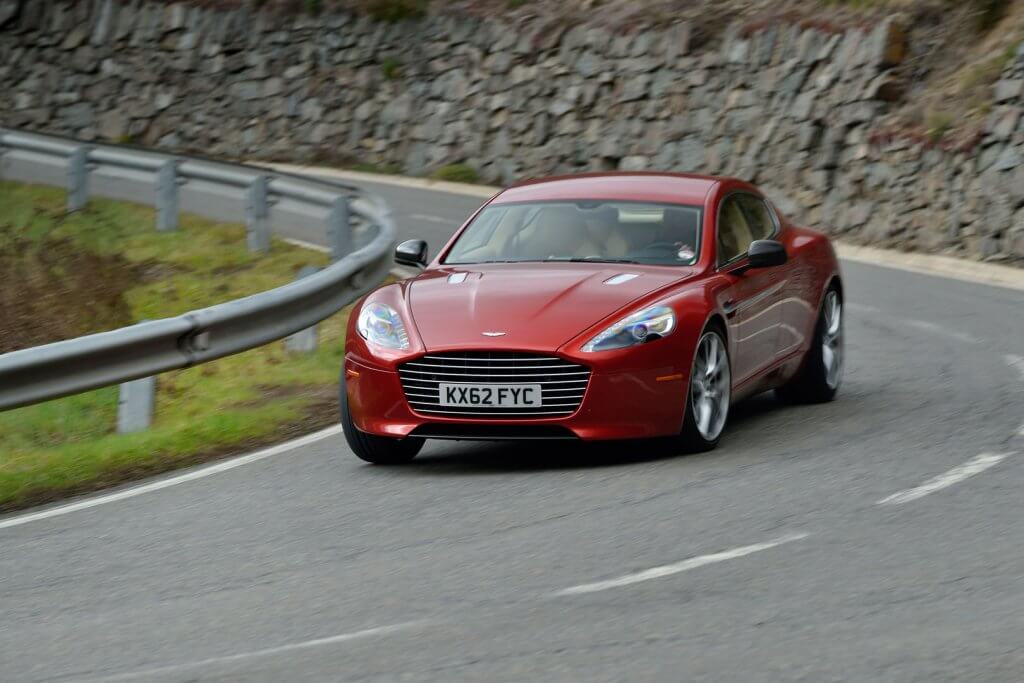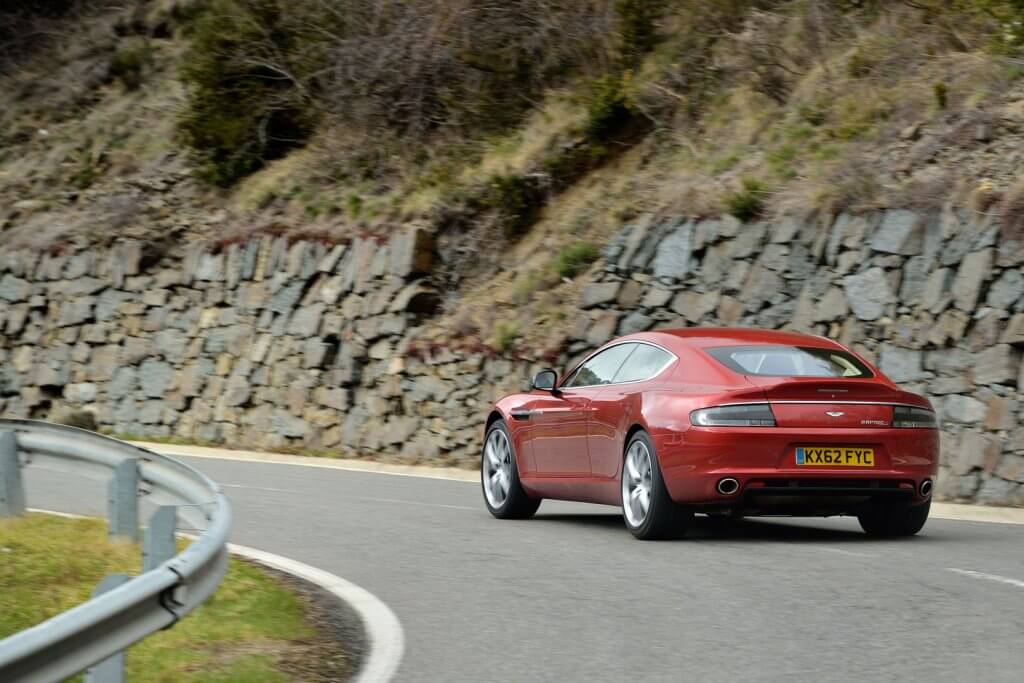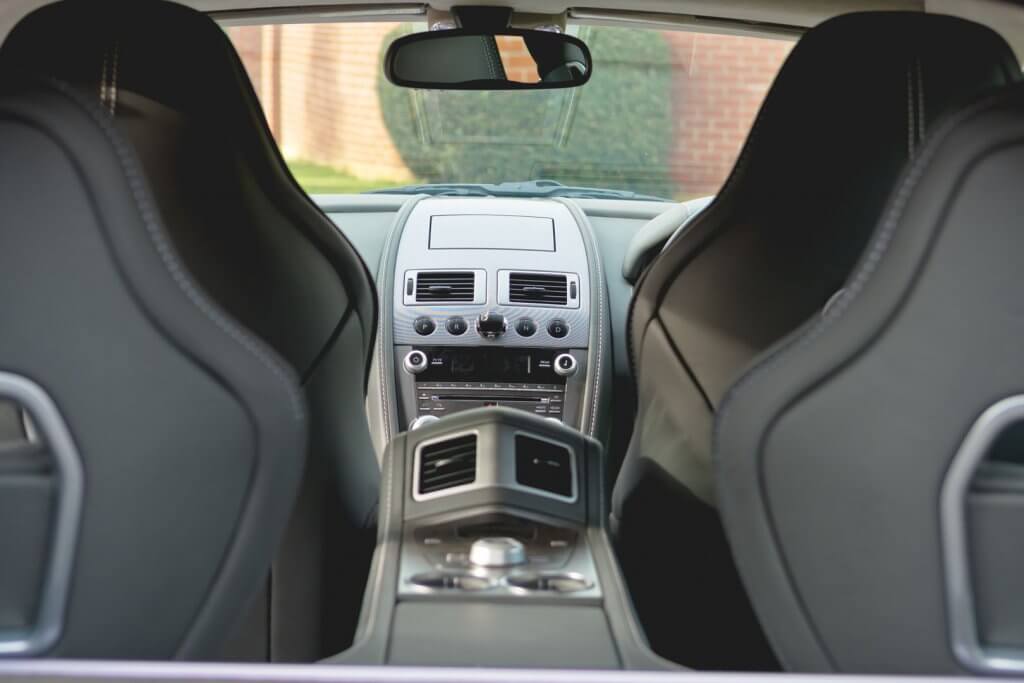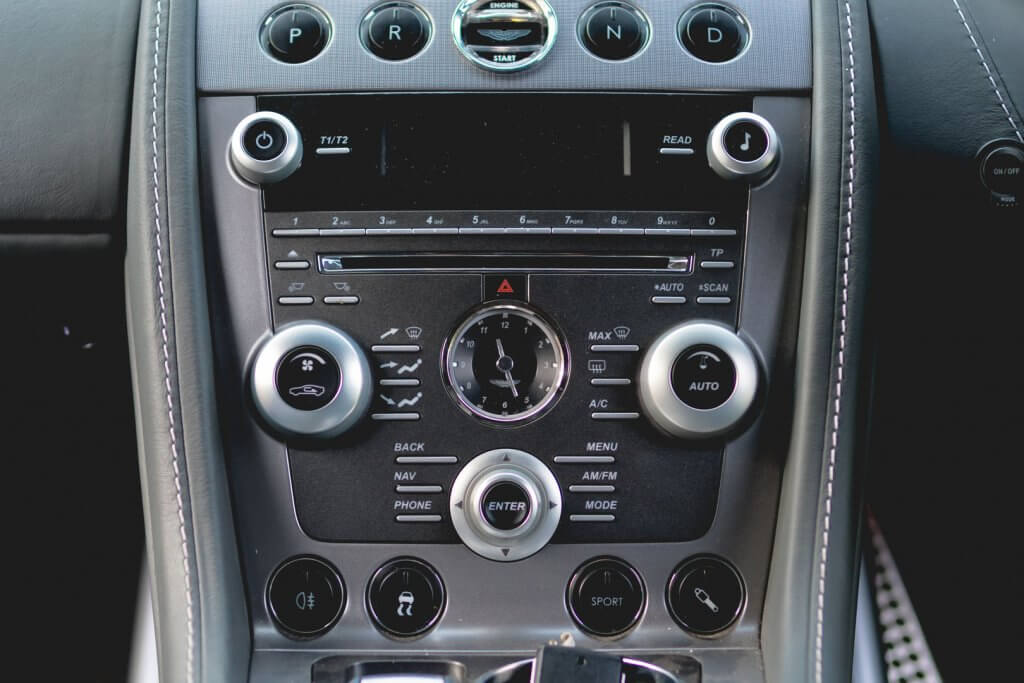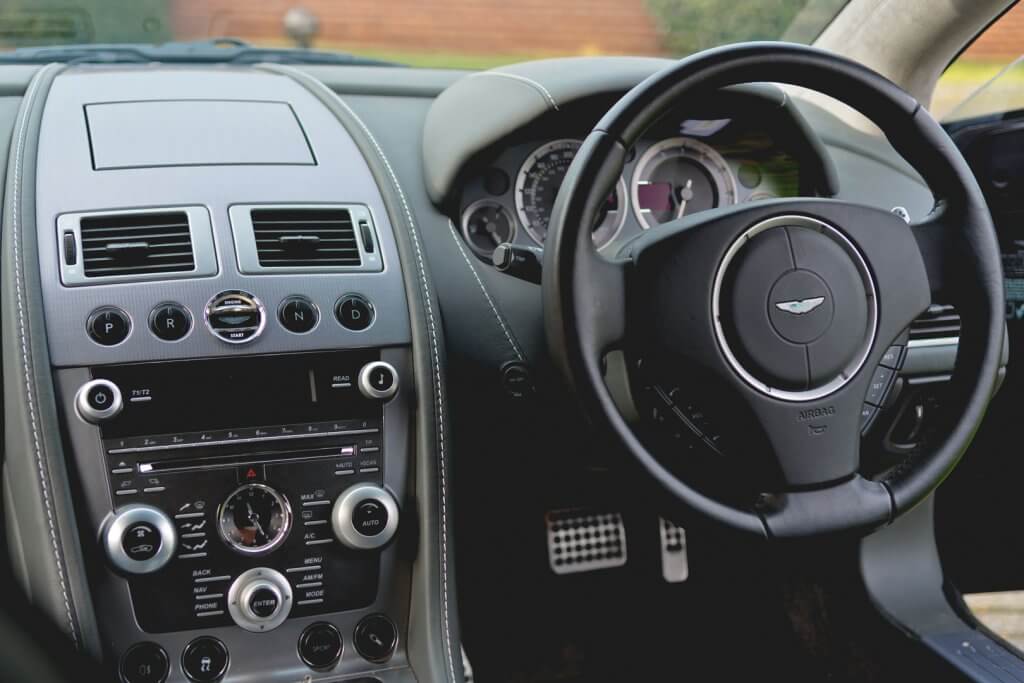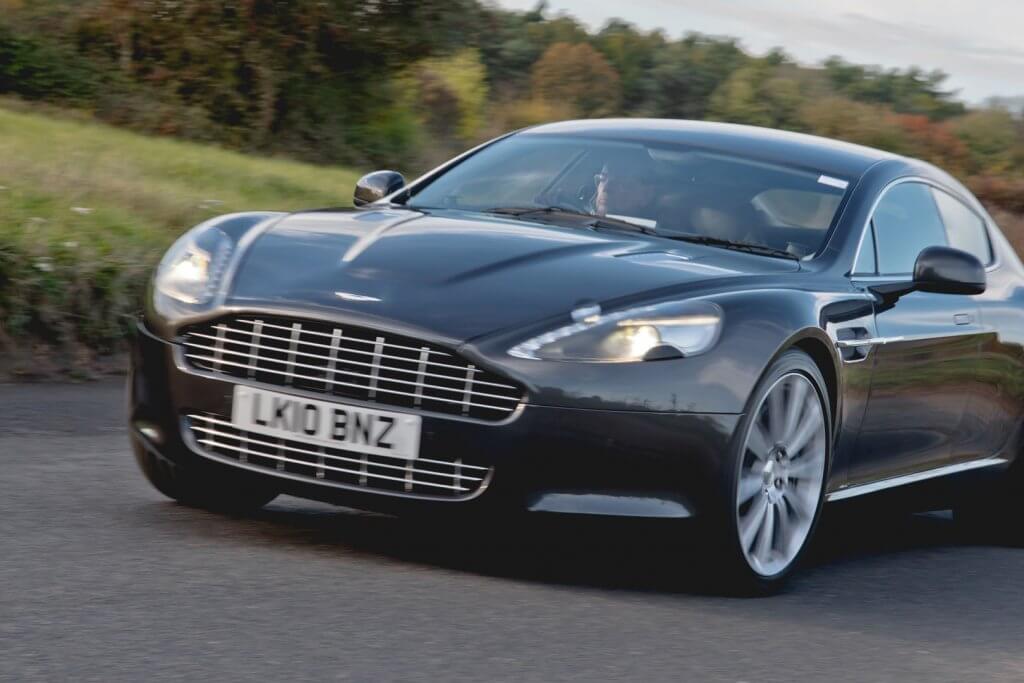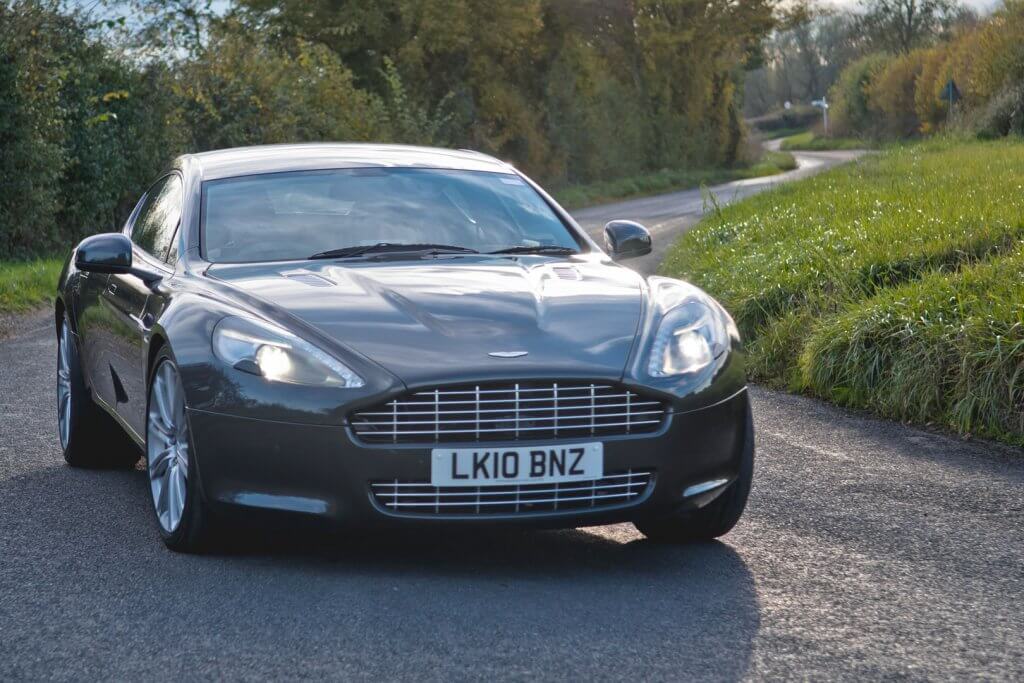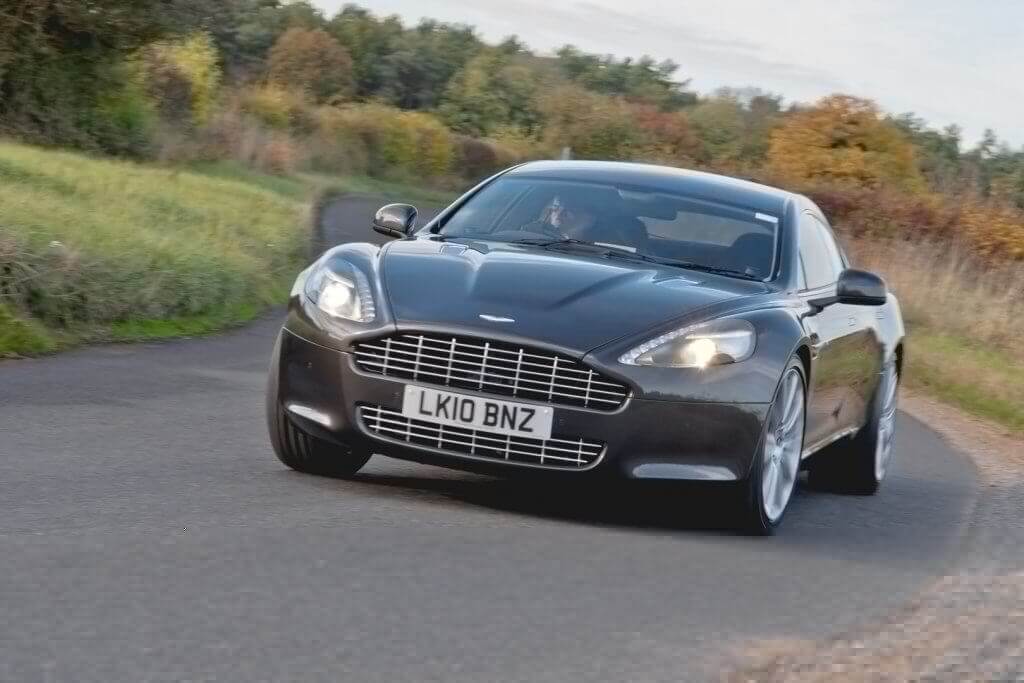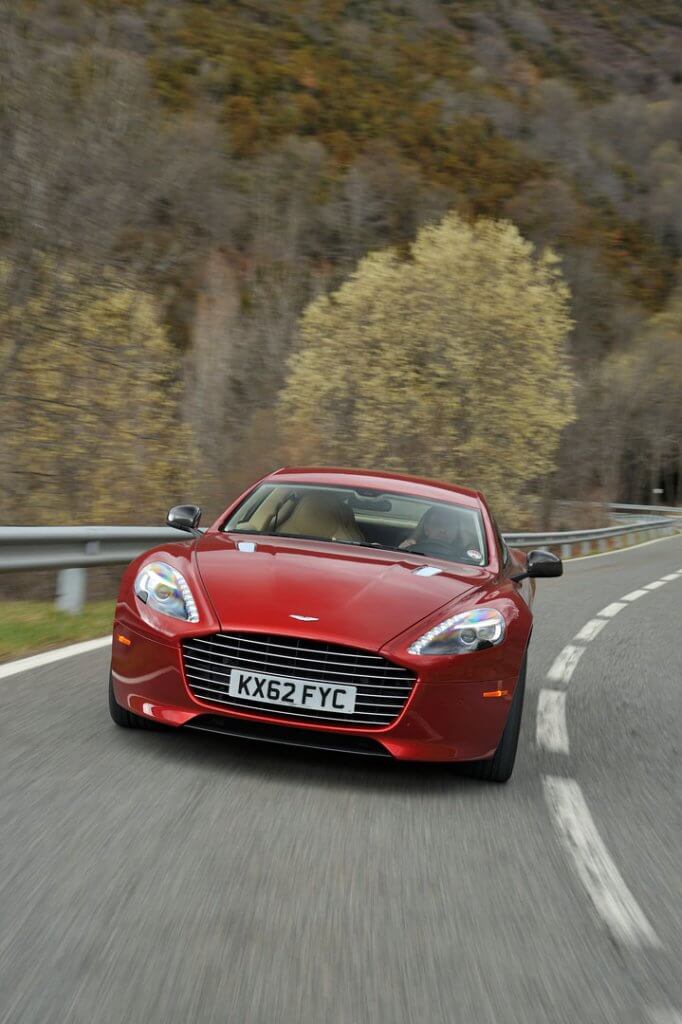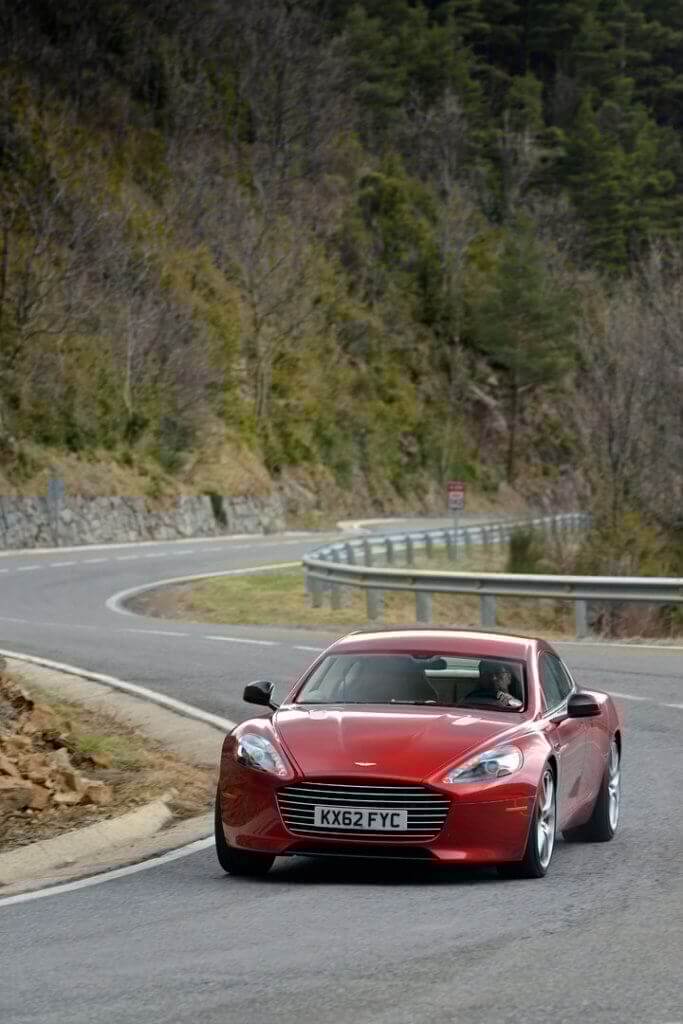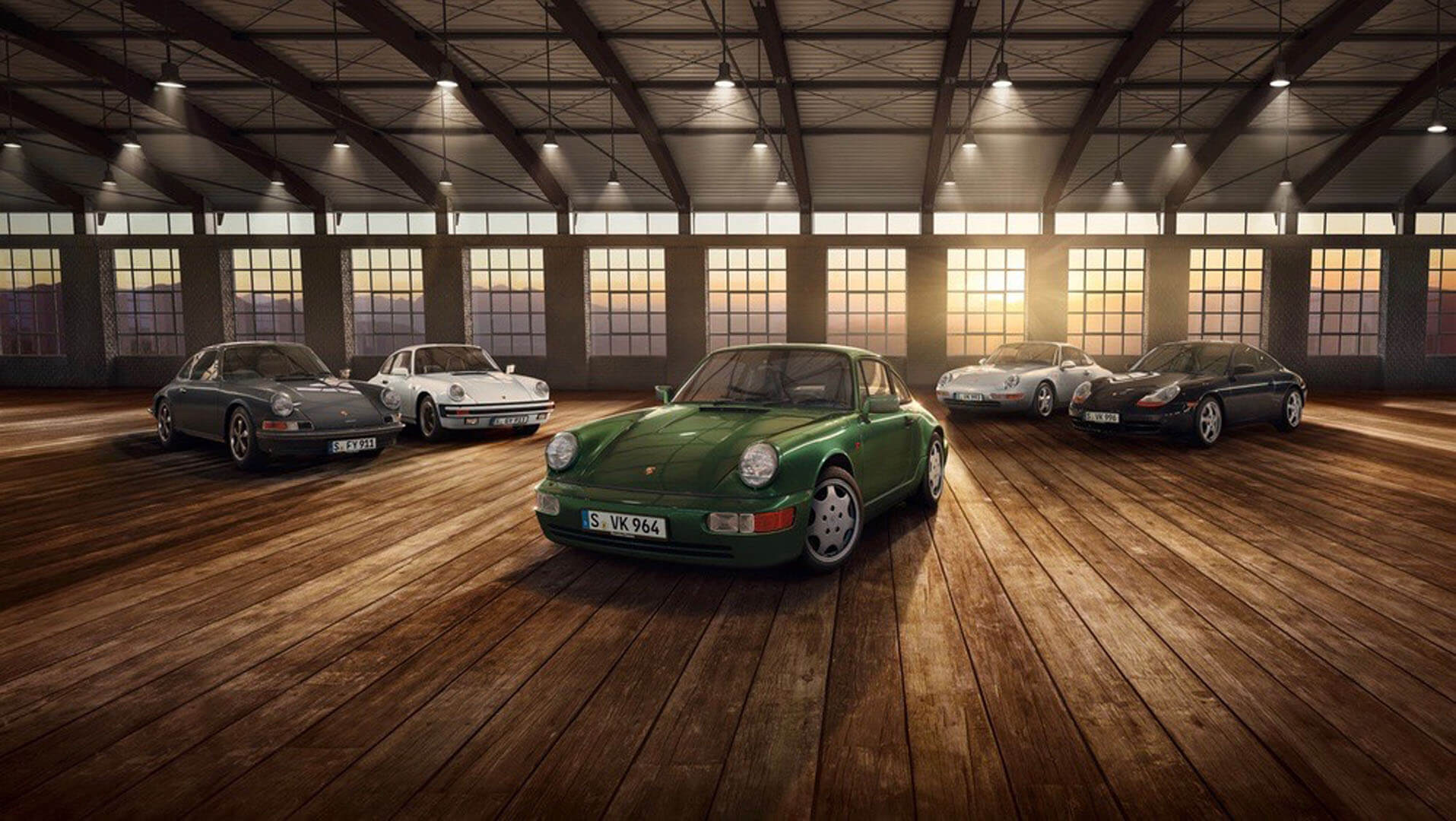Overview
The Aston Martin Rapide appeared during the Ulrich Bez era at Aston Martin and was intended to stretch the brand identity. A Rapide existed in the history of the brand, previously made with a Lagonda badge, there wasthe William Towns Lagonda, and there had been some four-door modified cars, so some four-door DNA could be dug up. The vehicle was based on the DB9 architecture with a longer wheelbase, and, with 4 doors, was a practical alternative to a coupe for customers who had children or simply wanted a more comfortable grand tourer to cover long distances in.
Its production started at the Magna Steyr plant in Austria, as Bez was expecting a huge success. As it happened, the annual target of 2,000 units per year was never reached, and when the production capacity at Gaydon became available, the Rapide production was moved there. In 2013 the car was replaced by the Rapide S with still better handling, much more power and an 8-speed gearbox.
Not enough people bought them new, and they became unpopular, but that means that now we are lucky to be able to buy them at much lower prices. The Rapide is a much better car than internet “experts” would lead you to believe: the long wheelbase and the nearly perfect weight distribution (because of the transaxle layout) make it a refined and very fast sports car. If you avoid cars which have not been regularly serviced, you can’t go wrong.
Engine
The V-12 has a reputation for oil starvation, but the Rapide tends to suffer from it much less frequently than other models. Cam covers may leak oil. The car must be serviced every 15,000 km or every 12 months, and a major service has to be done at 100,000 km. Stick to the correct maintenance schedule, and you shall be rewarded.
Gearbox
The first model had a 6-speed ZF automatic gearbox with bespoke software, replaced in the Rapide S by a similar 8-speed transmission. Both are generally reliable, but the later one suffered from an issue with a switch which caused the car to select neutral with no prior warning and another issue with the car liable to roll when in Park. Check the maintenance records for evidence of those problems having been rectified as a manufacturer recall. Apart from those issues, the gearboxes are reliable and the same mechanicals are used in many other applications at other brands.
Bodywork
This is a car built on Aston’s VH architecture with aluminum and composites as the main constituent materials. Check the edges of aluminum panels for damage and flaws under the paint. Check for hidden accident damage, damage from speed bumps and parking dings.
Chassis
Due to its higher weight, the car eats through tires and brakes. The front brakes are bigger than on the DB9, and cost more to replace. Please check if all the suspension modes work, as the special dampers can leak and replacing them is a considerable expense. Bushes and bearings must be replaced as needed.
Interior
Check that all switches work, look for damage on sills and wear on seats. The trunk area can sustain a lot of visible scuffs when used for actually transporting baggage.
History
2006: concept car shown
2009: production car presented at Frankfurt
2010: start of production at Magna Steyr in Austria
2012: production moved to England
2013: Rapide replaced by Rapide S
Specifications
Aston Martin Rapide/Rapide S
Power: 477/560 hp
Top speed: 303/306 km/h
Acceleration: 0-100 km/h in 5.2/4.4 s
Economy: 12.4/11.9 l/100 km
The DRIVERSHALL Verdict
The Rapide should be considered not only as a four-door competitor to the Porsche Panamera or Maserati Quattroporte, but also as a slightly more stable DB9 with extra interior space. It has class-leading steering and is insanely stable at very high speeds. The Rapide is also very reliable if regularly serviced. High running costs are unavoidable, and service requirements must be met. The car is very capable and rewarding, the only thing letting it down is the dated navigation display in the older model. Great to drive, and if you can afford to, buy one!
